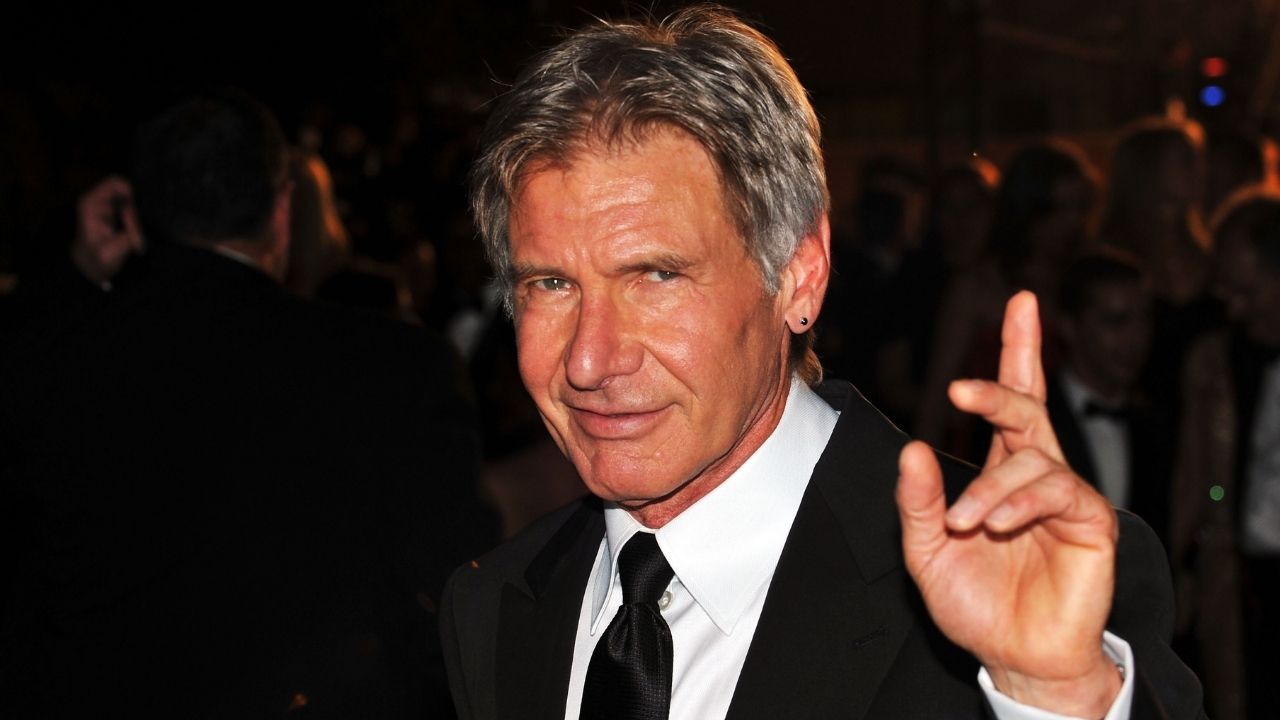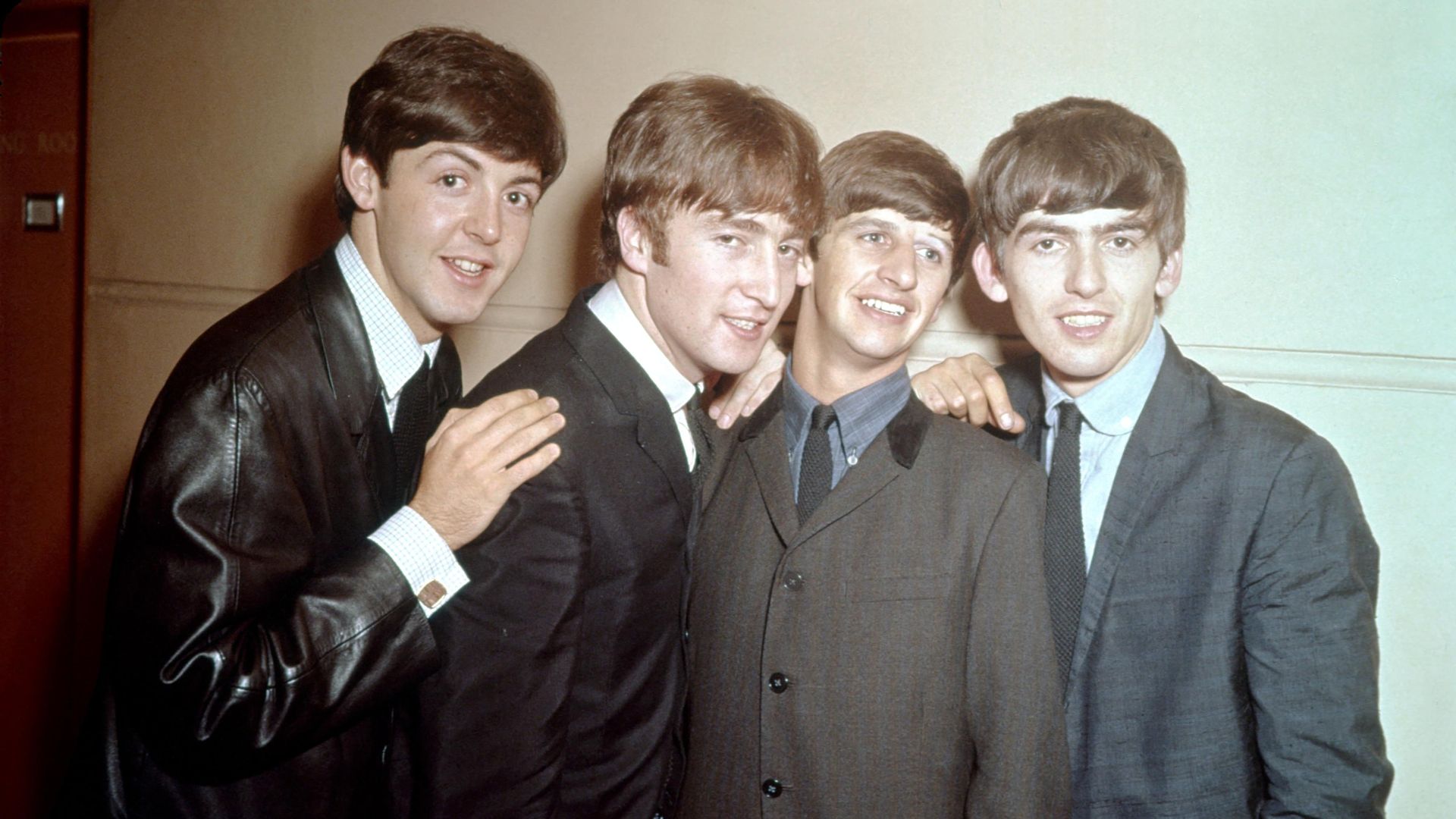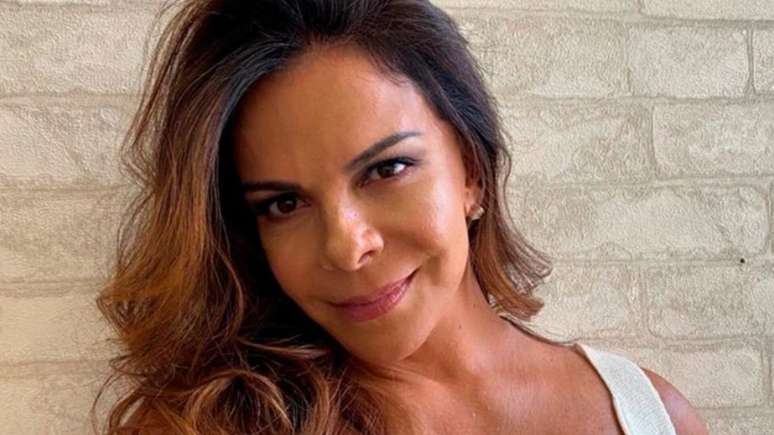The decentralization of the stages is positive, but the point goes beyond supporting the local economy; the 2024 edition was held this weekend in Sao Paulo
For the second year, the main stages of Cultural turning point they were surrounded by metal fences in the Vale do Anhangabaú. In the suburbs, the event does not even represent a turning point: it started on Saturday 18th, stopped to sleep and returned on Sunday 19th. Almost twenty years ago, the cultural festival that called the population to the center of identity crisis is alive.
The decentralization of the stages is positive: there were 12 arenas and 22 stages spread across the city. But the issue goes beyond supporting the local economy, as justified by the municipal power. The free opening of the centre’s public spaces facilitates cultural leisure for those who live in the neighbourhood. Discussing the places of events means predefining people’s relationship with the city. In other words: whether or not to create imaginary boxes in other areas of the city.
The turning point comes in the midst of a discussion about the center itself. The 27 stages of 2019 have become two, a celebration crushed by historical needs, such as the lack of public safety, healthcare, housing and social assistance. The aftermath of 2022 has highlighted the drama.
But the wolf is still behind the door, as became evident in the early hours of Saturday. In the space of the billboards – some colored to mask the gray of the metal -, the Public Security Secretariat confirmed an arrest for drug trafficking. Private security professionals report numerous small confrontations, one of which shows his fist swollen from being bitten. “There are people who want to get into the VIP,” he says. Official data on complications have not yet been released.
From the turnstile to the outside, visitors to the center carry with them “the thief’s cell phone”, as a fan of the singer Joelma said, showing a Samsung J3. A trawl was recorded in Rua Capitão Salomão, near Avenida São João. The images were captured by residents of the region. On the route between the Town Hall and the Paço das Artes, the main access to the event, the Estadao caught a student who had an iPhone stolen and was looking for a police vehicle.
On social media, the management of Ricardo Nunes (MDB) was criticized for under-promoting the event. On Instagram the publications began on the 10th; at the Department of Culture, on the 8th, and at the Town Hall, on the 11th. Internet users are wondering the reason for this timetable, which they consider difficult to plan.
The Municipality specifies that it “has given wide publicity to the event, already traditional in the city, with publications on its official channels (websites and social networks), support of artists, advertising on digital clocks, bus shelters, television and radio commercials in the metro , in addition to spontaneous diffusion through various print media”.
The Municipality also recalls that “the data from the Tourism Observatory show that, in 2023, 86% of the public considered the model of attractions distributed throughout the city to be correct” and that “64% of those interviewed stated that the event It’s gotten better every year.”
The identity crisis – that person who looks in the mirror, but sees a blurry image – is far from the artistic question. The shows were great on different stages and left a trail of great memories. The pendulum that Pabllo Vittar brought to the busiest show in the Anhangabaú, swinging between political speeches and a series of hits, and the vocal dominance of Joelma who sang – without playback – for 1h30 were the highlights of the center.
When Vanessa da Matta contacted and invited Libra artist Daniel Barreto to dance the forró on stage in Butantã, West Zone, many people were left with the feeling of “how I wish I could have been there.”
And Marília Mendonça is still here just over two years after her death in a plane crash. In one of those touching moments, MC Kevin and Chris asked the Parelheiros audience to shout out the names of the relatives they had lost while he sang Wait for it to arrive.
Marcelo Falcão, former singer of the band O Rappa, commanded the audience who filled the Campo Limpo square with the successes of over 30 years of career. Almost like a prayer, people raised their hands, at the singer’s request, and sang Fisherman of illusions. Is it just music?
Virada 2024 was not made up of sublime moments. In the English Parade, Gloria Groove’s audience had to sing louder than the singer because the sound was too quiet. In Butantã Lenine even said that she would have to “fill sausages” due to a lighting failure.
The delay “caught” in multiple arenas, in various parts of the city. It took Léo Santana an hour to get in, still downtown, due to “technical problems with the lighting” – again, the lights – according to city hall. Before Pabblo’s show, an hour late, part of the audience booed. The ripple effect repeated itself this Sunday. The presenter had to speed up her speech to invite the rapper Matuê, the latest member of Anhangabaú.
The most serious problem occurred at singer MC Lipi’s show. According to the municipality, the exhibition was canceled by the artist himself, without explaining the reason.
In this balance of good things and bad things, waiting for this presentation, in front of a full but not crowded audience, the psychology student Larissa Beltrão, 22 years old, said that her heart was celebrating, that she already wanted to return the year next, but I didn’t. I don’t want to be afraid of losing my phone while riding the subway or seeing so many people on the street. And she says she doesn’t even need to stay in the VIP.
Source: Terra
Earl Johnson is a music writer at Gossipify, known for his in-depth analysis and unique perspective on the industry. A graduate of USC with a degree in Music, he brings years of experience and passion to his writing. He covers the latest releases and trends, always on the lookout for the next big thing in music.








